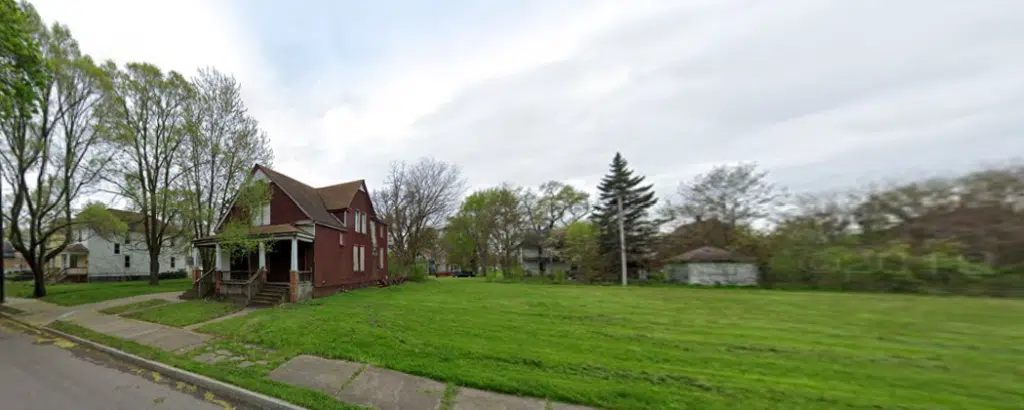
Detroit: the Motor City in Distress
This past weekend, I traveled to Detroit for a Turning Point Action conference—“The People’s Convention”. For this post, I plan to focus on my experience in the city of Detroit rather than my time spent during the conference.
For background, Detroit was once one of the greatest cities in America. In the mid-twentieth century, many people referred to Detroit as the “Paris of the Midwest”. How far have the mighty fallen?
Back in the 1950s, the population of Detroit hit a watermark of 1.8 million residents. Over the next 70 years, this population figure fell to roughly 630 thousand residents in 2020. This city’s population fell by roughly two-thirds in only 70 years. No city in America has experienced a worse free-fall than Detroit in this timeframe.
In recent years, writers and political pundits have spent many hours studying the collapse of Detroit. Some of the common explanations for Detroit’s failures include but are not limited to American deindustrialization, racial tensions, financial mismanagement of the local government, etc.
But more than anything else, Detroit serves as a sad reminder of America’s decline following the tumultuous 1960s. No city better exemplifies the rise of American industry following WWII and the subsequent collapse following the 1960s.
For my first time heading to Detroit, I was not anticipating a pleasant experience. Detroit’s reputation among the broader American population is not positive, and I can understand why now.
When I flew into Detroit, I was shocked at how run-down the surrounding neighborhoods of Detroit looked. I saw plenty of abandoned buildings, overgrown grass, and dilapidated homes throughout Detroit. Much of the city looked more like a warzone than a place where people actually lived.
On the other hand, I was fairly surprised that the nicest part of the city was by far the inner downtown area. The downtown parts of Detroit near the Huntington Convention Center and the sports stadiums district (Ford Field) looked fairly decent. I even spent some time walking around downtown Detroit with some friends, and we had no complaints.
However, the city started becoming extremely run down roughly a mile outside of the downtown area. Many of the neighborhoods adjacent to the Downtown—such as Indian village, Chadsey Condon, and others—were definite eyesores.
Here’s a random street from the Indian Village neighborhood from Google Maps. This specific neighborhood is only 3 miles from downtown Detroit.

Detroit is surely struggling, and I witnessed this dilapidation first-hand.
When I was in high school over 8 years ago, I remember watching the following video from political commentator Steven Crowder. Back in late 2015, Crowder posted a video of himself driving through the neighborhoods of Detroit. Even back in 2015, the neighborhoods of Detroit looked like a warzone, and not much has changed for Detroit over the last 8 years unfortunately.
If we want to make America great again, then we need to admit that many of America’s once-great cities are shells of their former selves. Detroit is one of the most prominent examples of this reality.
The “Motor City” is in dire distress.



